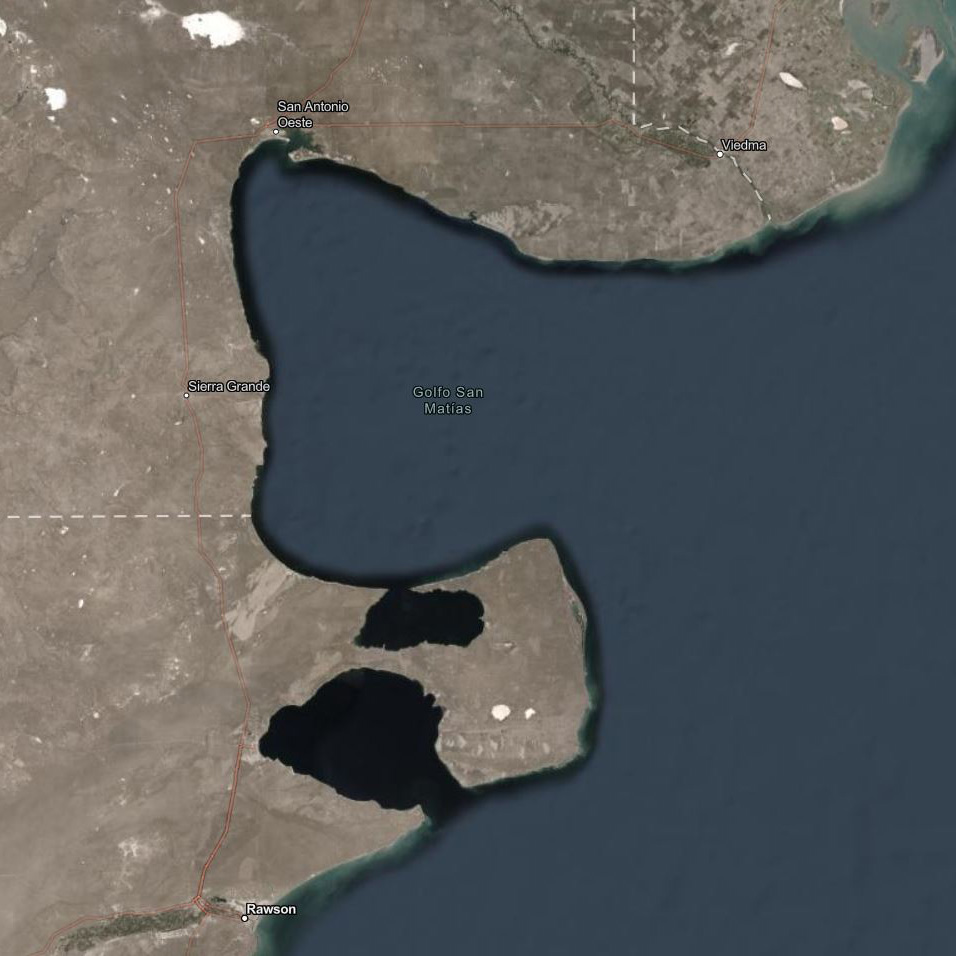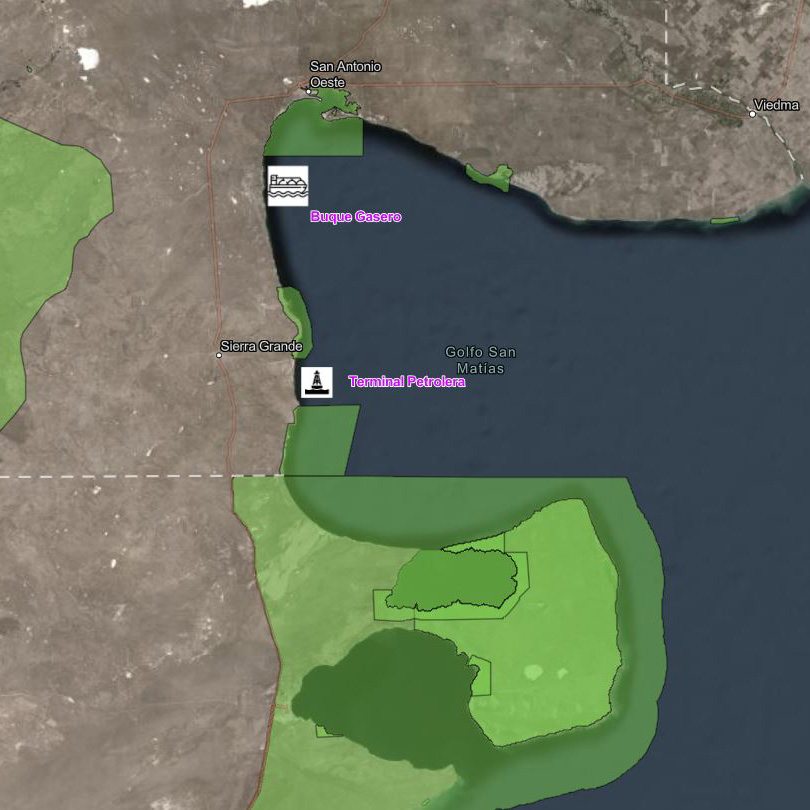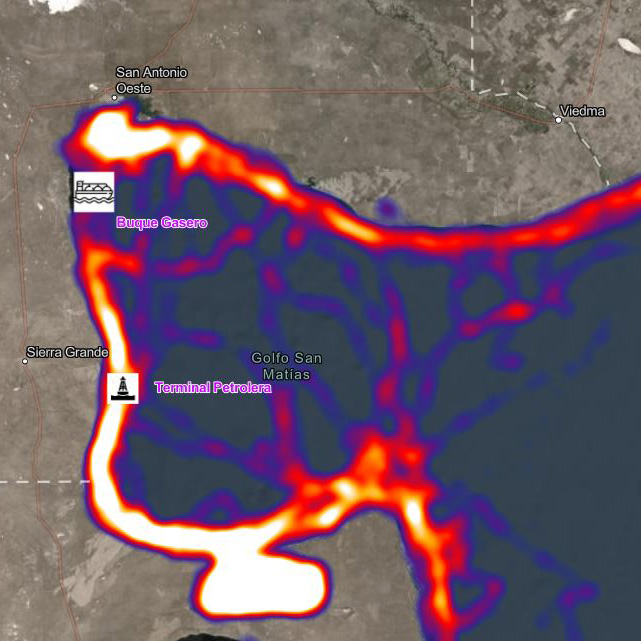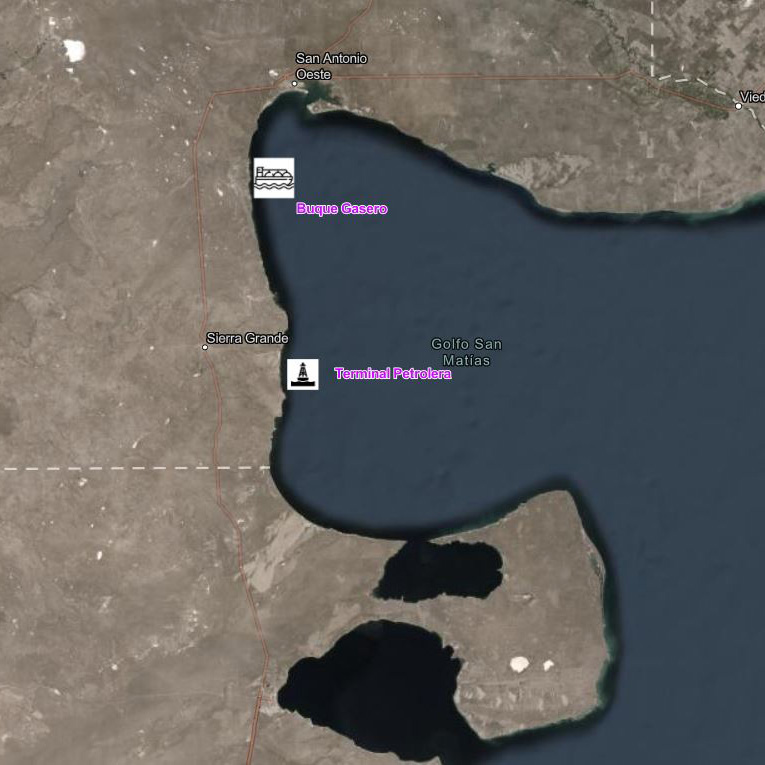A palette of Patagonian biodiversity
The living richness of the San Matías Gulf, the species in their living space
Southern right whale
It breeds and raises its young in coastal waters, shallow and safe from strong waves.
The northern Patagonian gulfs are its ideal habitat.
A single animal moves from one gulf to another; geography does not limit them.
As they nurse their calves close to shore, they create a breathtaking natural show that moves thousands.
It is a memorable experience that boosts the local economy.
All this beauty endures… as long as the water stays pure.
Bottlenose dolphin
Fewer than a thousand remain along Argentina’s vast coastline. No one knows exactly why their numbers keep shrinking.
Just a handful live in the Gulf. And every single one matters.
Magellanic penguin
They’re birds: they build nests, lay eggs, and raise their chicks. But they don’t fly. Truly unique.
It is a privilege to have their colonies along the Gulf’s shores , something that was not possible just a few decades ago.
Environmental shifts reshape where wildlife can live. In some species, we see the clues to broader conservation challenges.
In the late 20th century, thousands died from pollution, swimming through oil slicks left by tankers. That no longer happens… for now.
Seahorse
Yes, it is a fish. Small. Quiet. The female lays the eggs, and the male carries them in a pouch until they hatch.
One wave of oil hitting the shore… and they’re gone.
A one-of-a-kind palette of biodiversity
A work of art begins with a palette of colors. But in nature, the palette is the masterpiece. Spilling oil is the arrogance of black.
A clean Gulf is a living Gulf: let’s keep it alive.




